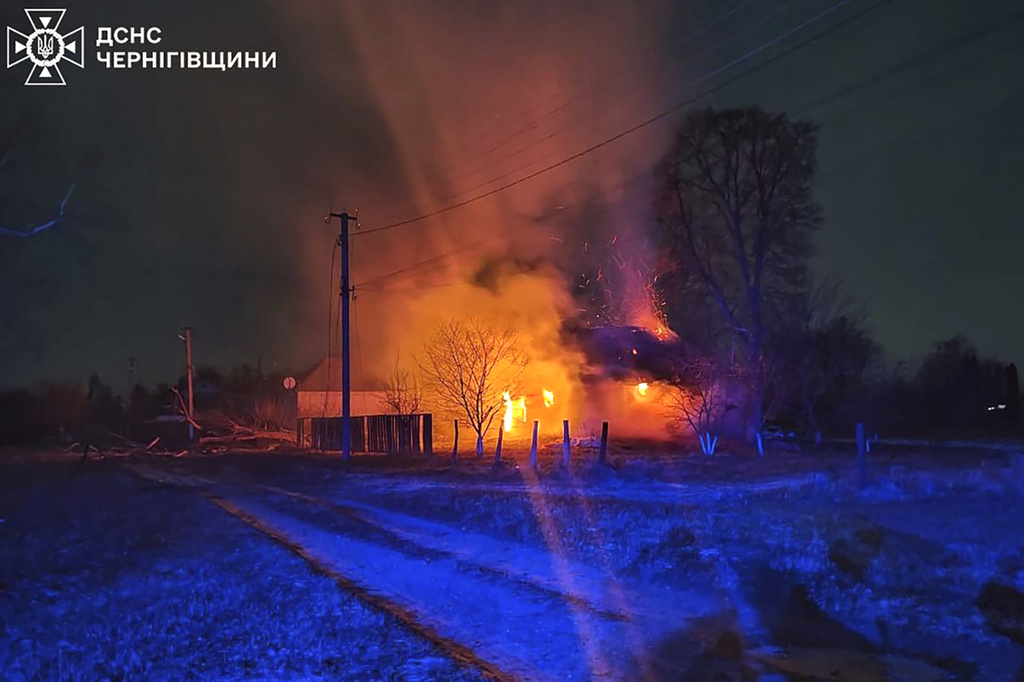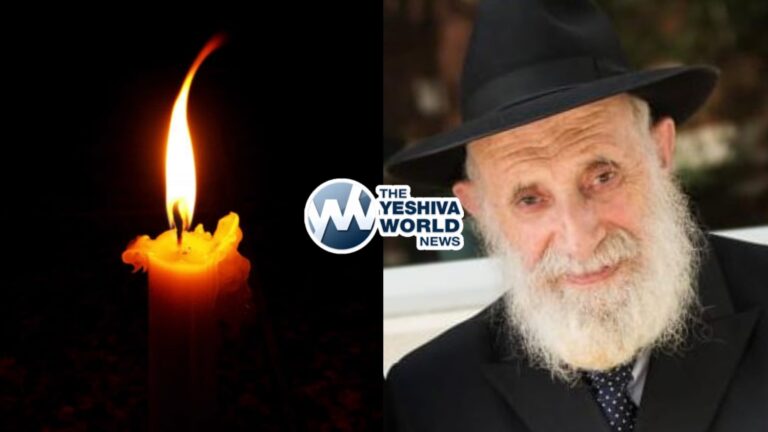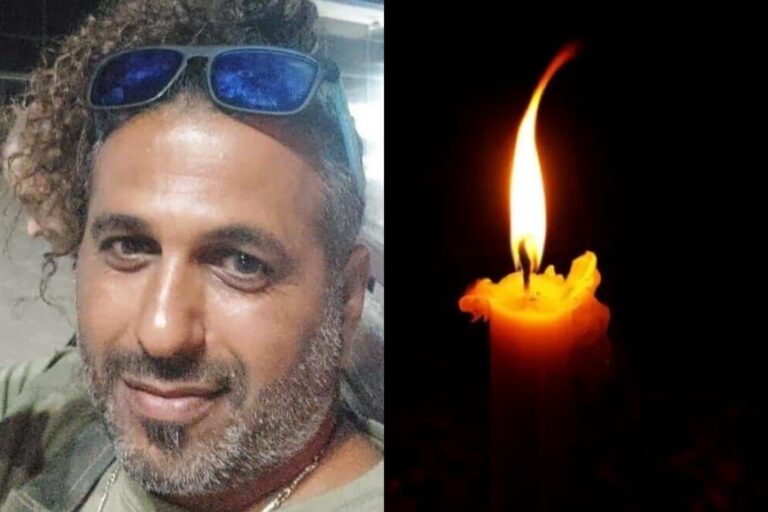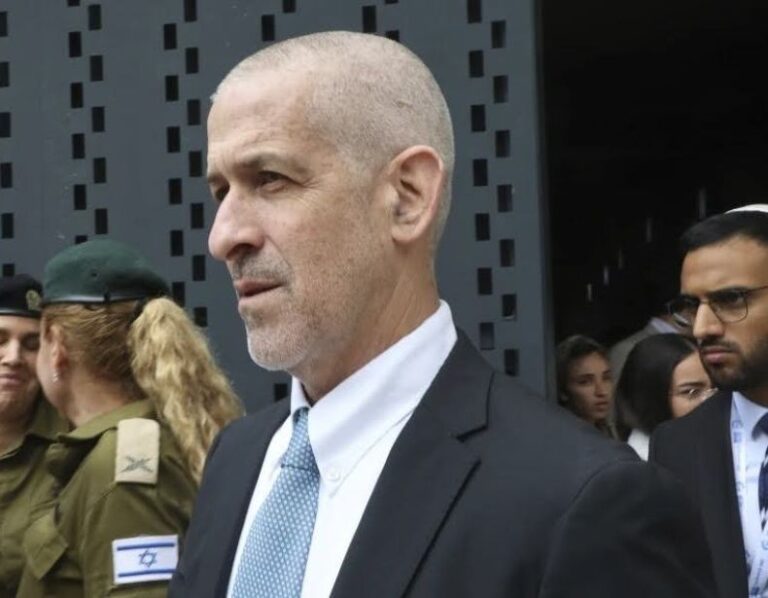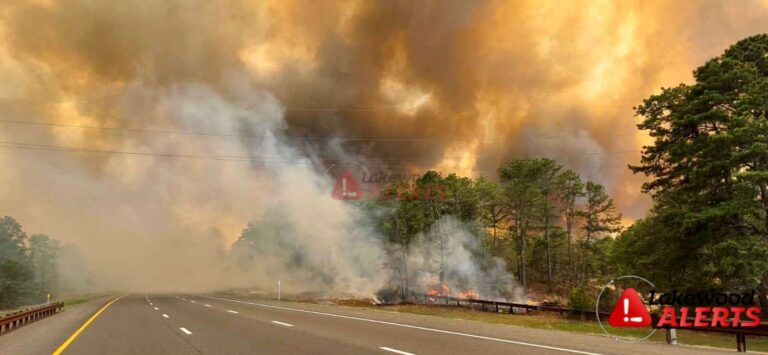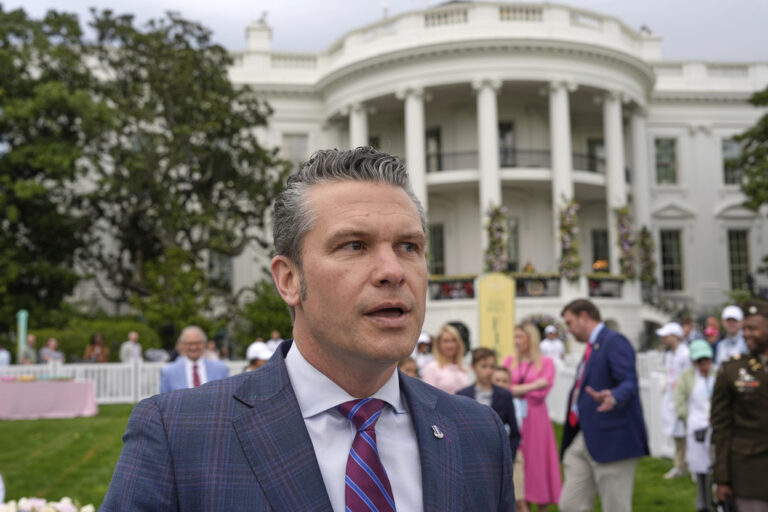Russia launched a massive aerial attack against Ukraine on Friday, firing 93 cruise and ballistic missiles and almost 200 drones, Ukrainian President Volodymyr Zelenskyy said, describing it as one of the heaviest bombardments of the country’s energy sector since Russia’s full-scale invasion almost three years ago.
Ukrainian defenses shot down 81 missiles, including 11 cruise missiles that were intercepted by F-16 warplanes provided by Western allies earlier this year, Zelenskyy said.
Russia is “terrorizing millions of people” with such assaults, he said on his Telegram channel, renewing his plea for international unity against Russian President Vladimir Putin.
“A strong reaction from the world is needed: a massive strike – a massive reaction. This is the only way to stop terror,” Zelenskyy said.
But uncertainty surrounds how the war might unfold next year. President-elect Donald Trump, who takes office next month, has vowed to end the war and has thrown into doubt whether vital U.S. military support for Kyiv will continue.
In Moscow, the Defense Ministry said the Russian military used long-range precision missiles and drones on “critically important fuel and energy facilities in Ukraine that ensure the functioning of the military industrial complex.”
The strike was in retaliation for Wednesday’s Ukrainian attack using U.S.-supplied the Army Tactical Missile System, or ATACMs, on a Russian air base, it said.
Trump said in an interview published in TIME magazine on Thursday that he was against allowing Ukraine to hit targets on Russian soil using U.S. provided weapons.
Kremlin spokesman Dmitry Peskov said Friday that Trump’s stance “conforms to our position.”
“In this case, we have a shared vision of causes of escalation and that is positive. Obviously, Trump realizes what escalates the conflict,” Peskov told reporters.
The U.S. Embassy in Kyiv said Friday’s attack also targeted transport networks and other key facilities.
Ukraine’s biggest private energy company, DTEK, said the attack “seriously damaged” its thermal power plants.
Russia has repeatedly attempted to cripple Ukraine’s electricity system in an effort to break the will of civilians left in the dark with no running water or heating and to disrupt Ukrainian defense manufacturing.
Ukrainian Energy Minister Herman Halushchenko said energy workers were doing everything necessary to “minimize negative consequences for the energy system,” promising to release more details on damages once the security situation allowed it.
Ukraine’s air force reported multiple strike drones launched at Ukraine overnight followed by swarms of cruise missiles in the country’s air space. It said Russia also used air-launched ballistic Kinzhal missiles against Ukraine’s western regions.
A similar massive attack on Nov. 28 involved about 200 missiles and drones and left more than a million households without power until emergency teams restored supplies.
Ukrainian officials have warned that Russia is stockpiling cruise and ballistic missiles for more attacks.
On Nov. 21, Russia for the first time used an intermediate range hypersonic ballistic missile to strike an industrial plant in the city of Dnipro, in eastern Ukraine. Putin described the attack with the Oreshnik missile as retaliation for Ukrainian strikes on Russian territory with longer-range Western weapons.
He declared that more attacks with the new weapon could follow, and U.S. officials warned Wednesday that the Oreshnik could be used again in coming days. There was no immediate sign one was launched in Friday’s attack.
Around half of Ukraine’s energy infrastructure has been destroyed during the war, and rolling electricity blackouts are common and widespread.
Kyiv’s Western allies have provided Ukraine with air defense systems to help it protect critical infrastructure, but Russia has sought to overwhelm the air defenses with combined strikes involving large numbers of missiles and drones called “swarms.”
Russia has held the initiative this year as its military has steadily rammed through Ukrainian defenses in the east in a series of slow but steady offensives.
(AP)

